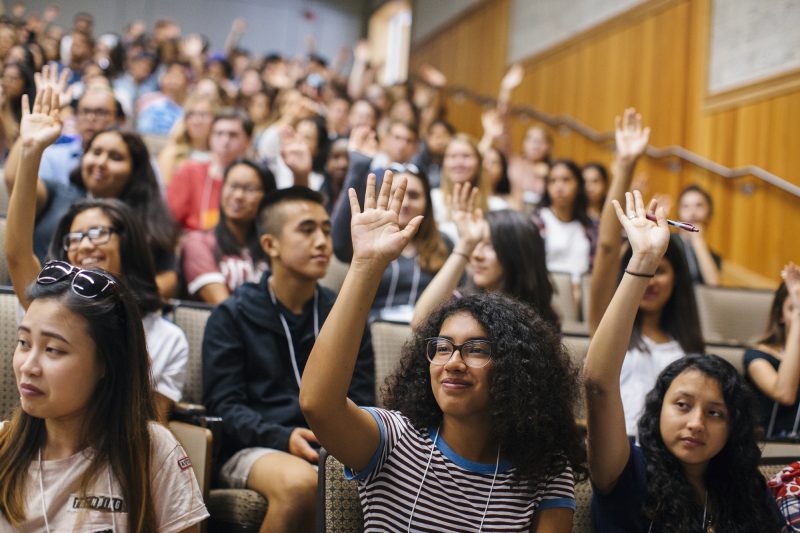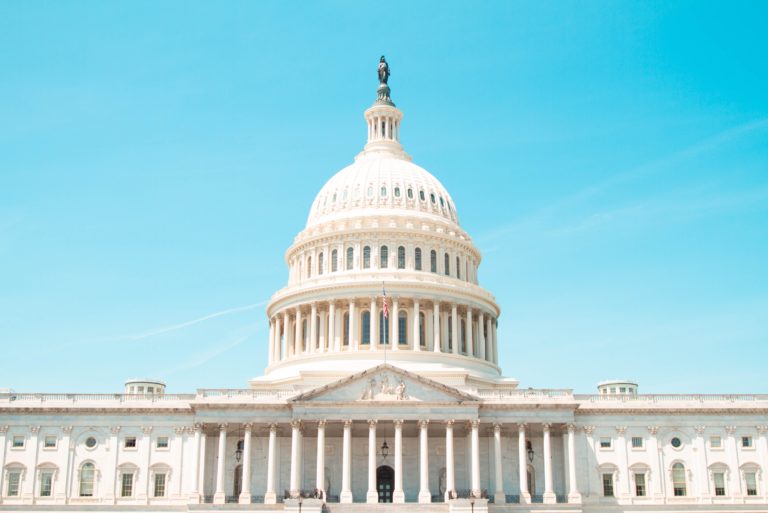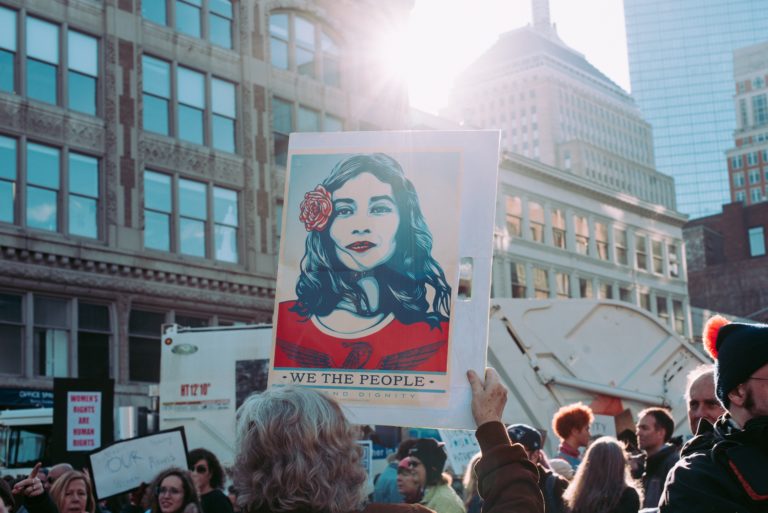There’s been a lot of talk about electability and the Democratic presidential primary. Research…
The Evolving Picture of An Elected Official – No Longer Just A White Man in a Suit

Every year, I ask my students in my Women, Politics and Media course at American University to close their eyes and picture an elected official. Usually, we come back as a group and talk about the “white man in a suit” that came to the front and center of everyone’s mind. This year, a distinction was made. When picturing a president, that “white man in a suit” image reappeared. The same image which is reoccurring on my young children’s placemat of presidents – one that led my then-four year old to ask, “Why are all the babysitters girls and all the presidents boys?”
But, something was different last month when I asked the question of my class of college and graduate students. When picturing a member of Congress, some said they pictured AOC, referring to Congresswoman Alexandria Ocasio-Cortez, the 29-year old female freshman, Latina member of the House of Representatives who represents Queens and defeated an incumbent male member of Congress in her primary in 2018.
Perhaps our image of an elected official has been modernized because of the 476 women who ran in Democratic or Republican primaries in Congress across the country in 2018. Perhaps it is because of the 1,834 women who won office at the state and federal level during the midterm elections. Or, maybe it is because of the five women candidates who are today running for President of the United States.
It is true that response may have been different if the question was asked at a retirement home rather then on a college campus. Recent polling by LeanIn found that younger voters – 18-34 year olds – are more ready than older voters – those over 65 – for a woman President. A 2018 Suffolk/USA Today poll found that nearly one-third of young women age 18 to 34 would prefer voting for a woman over a man, compared with 19 percent of women overall. But, with younger voters voting more then ever before – Gen Z and Millennials cast a quarter of the total votes in the midterm elections – women candidates and those that support them have every right to remain hopeful.
In this same class, I show a documentary about Geraldine Ferraro, the first female vice presidential candidate on a major party ticket. Before I start the DVD, I ask if anyone in the class has not heard of her beforehand. Every year, as more students in the class are born more and more years after 1984, more hands go up. By the end of the film, the responses range from tears to texts to their mothers and grandmothers.
While the hairstyles and glasses look different from today, the conversation with the students is about what similarities Gerry faced that women running for office still contend with today. We talk about how the media covered her spouse and her kids repeatedly; how she was criticized for being pro-choice and a practicing Catholic; how she was asked by the Mississippi Agriculture Commissioner on the campaign trail if she knew how to make blueberry muffins; and how she balanced being assertive but not aggressive, smart but not a know-it-all, and someone who could both push the button and be likable.
These comparisons to how women are still often treated by the media and voters show we still have a long way to go, and perhaps why women make up more than 50% of the population but still less than a quarter of Congress. In the poll by LeanIn, almost half of registered Democratic or Independent voters, when asked their perceptions of the candidates running in the Democratic primary, said they think the men candidates are more presidential and electable. Fewer than 15% rated the women candidates higher on those two critical traits.
Talking to the next generation of women voters and leaders has made me both more optimistic about the chances for equal representation and cautious about how much more needs to change to get us there. It has also deepened my belief that the more women run, the more the perception of what a member of Congress or a President looks like will change, and, ultimately, more women will win.






